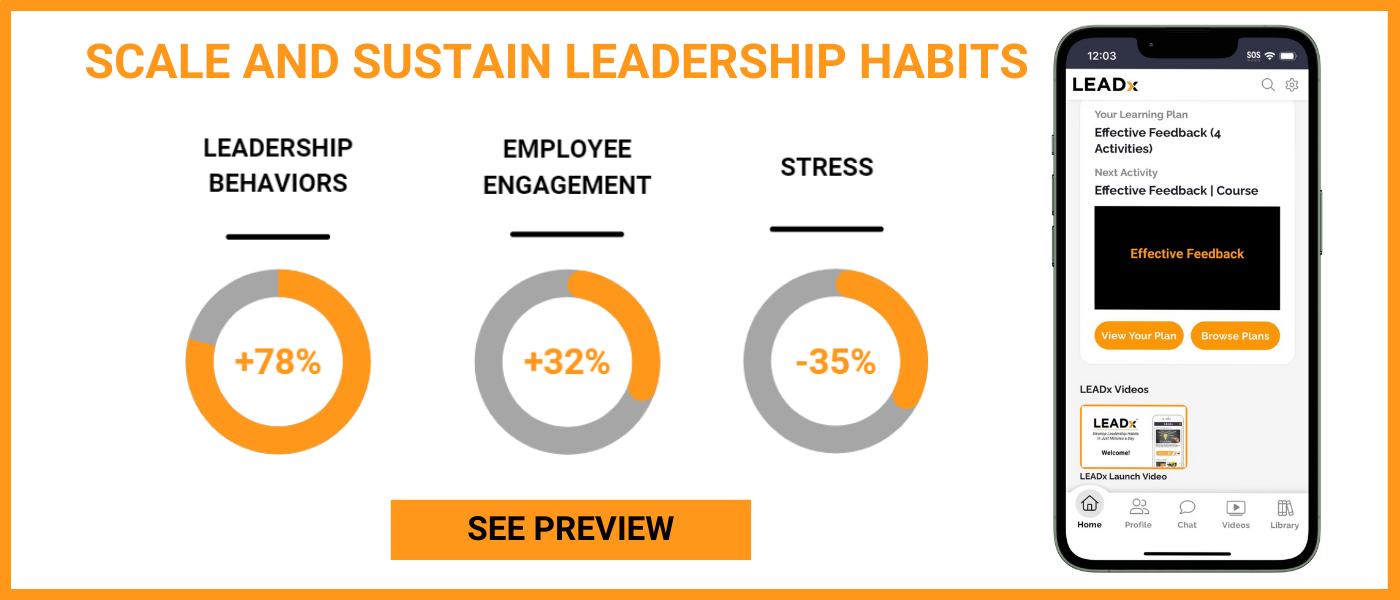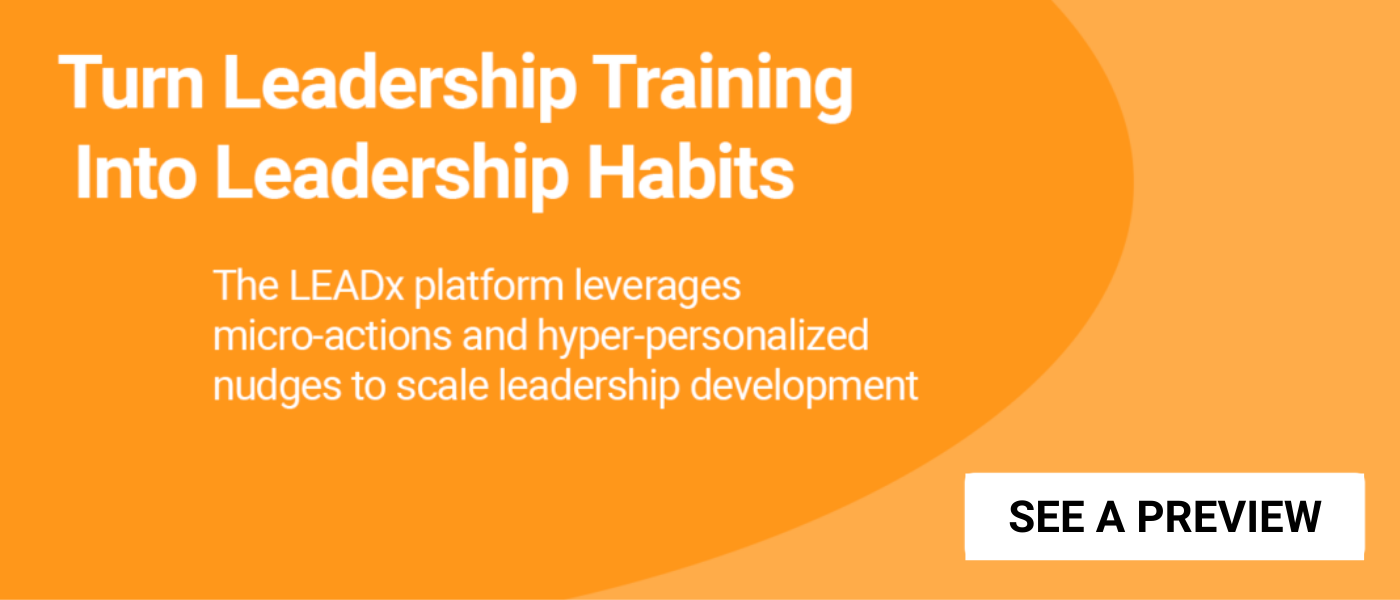
Remember VUCA? That old acronym that every consultant put on the first slide of their decks, but it’s now about as relevant as MySpace. According to futurist Jamais Cascio, we’ve now entered the BANI era—Brittle, Anxious, Nonlinear, Incomprehensible.
My interpretation? We’re not just uncertain anymore, we’re completely freaked out.
 And here’s the problem: anxiety doesn’t just slow you down—it nails your team’s feet to the floor. Most people don’t fight or flee, they freeze. Your team members freeze. A nervous team doesn’t build rockets; they cower in the hangar.
And here’s the problem: anxiety doesn’t just slow you down—it nails your team’s feet to the floor. Most people don’t fight or flee, they freeze. Your team members freeze. A nervous team doesn’t build rockets; they cower in the hangar.
So how do you lead when everyone’s overwhelmed, overstimulated, and too anxious to think straight?
1. Over-Communicate, Don’t Over-Spin
Anxiety loves silence. If you go mute, your people fill the gaps with worst-case scenarios. Be clear, be honest, and share what you know (and what you don’t). Airbnb’s Brian Chesky said “We’re screwed and here’s why” during COVID. Southwest Airlines' CEO Bob Jordan faced the 2022 holiday meltdown head-on, admitting their technology was outdated and detailing their modernization plans rather than making excuses. Painful? Yes. Trust-building? Also yes.
2. Give Your Team the Wheel
Anxiety skyrockets when people feel powerless. Hand them some decisions—schedules, minor priorities, problem-solving. Patagonia lets retail teams decide their store's local community initiatives and environmental projects. Trader Joe's empowers store crews to choose which local products to stock and how to arrange their stores. When Pixar faced production delays on Toy Story 2, they let their animators reorganize their work schedules and processes—the team delivered a masterpiece. Less stress, more engagement. People relax when they have a vote.
3. Make It Safe to Speak Up
When fear grips the room, silence follows. You need open dialogue, not lip-biting. Normalize screw-ups as learning moments. Admit your own worries. Google found psychological safety as the #1 factor in top teams—turns out humans work better when they’re not terrified.
4. Be Real, But Point to the Exit Sign
No one buys sugar-coated nonsense. Acknowledge the dumpster fire, then show a path forward. Ford’s Alan Mulally did this: “We’re losing billions…and here’s how we fix it.” He brilliantly used languaging, “One Ford”, to make the strategy sticky. Truth + Roadmap = Calm. The antidote to panic is clarity.
5. Invest in Mental Fuel
Leaders must actively protect their team’s psychological resources and resilience. Encourage genuine breaks—not just the performative lunch-at-desk kind. Actively promote mental health resources and normalize their use. PwC made headlines by offering firm-wide mental health days and saw dramatic improvements in retention and productivity. Burned out teams don’t innovate—they bail.
Final Thought
Moving from VUCA to BANI, we’ve swapped uncertainty for anxiety, and it’s personal now. We need Futurecaster leaders who tackle this head-on and unlock performance while others watch their teams spiral.
Over-communicate, grant agency, foster safety, tell the truth, and prioritize well-being. Anxiety spreads fast; calm spreads faster. Your move.






